Frequent first-time errors growing cannabis
List of contents
The first time you venture into the world of cannabis cultivation at home, it’s perfectly normal to be overwhelmed with doubts and questions, making you feel like it’s all too much!
You will, of course, have made sure to read all the information you can get from the Internet blogs, forums, books and magazines, and your grower friends (if you know any) will have filled your head with loads of tips, tricks and secret, infallible techniques (so they say, anyway!) that we must follow to the letter if we want an abundant and high quality cannabis harvest.
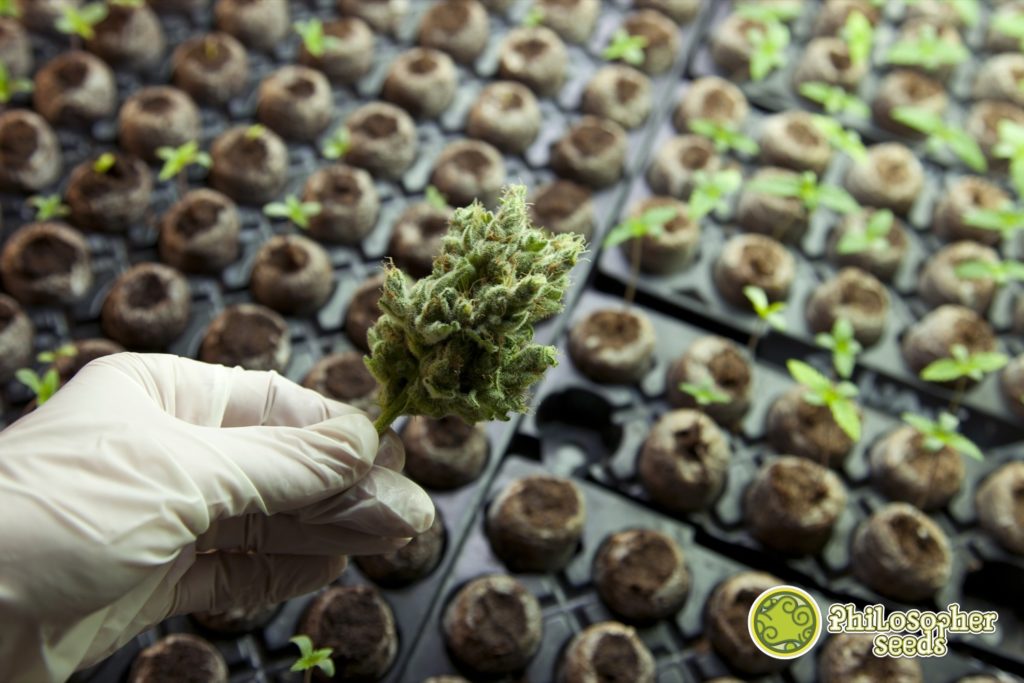
Because we’d like to make things easy and help resolve any doubts, we’ve written this article to show you what you should and shouldn’t do, so even if you’re not 100% sure how to cultivate, you ‘ll be able to avoid making the most frequent and fatal errors, get started out on the right foot and not overcomplicate your life!
How do we germinate cannabis seeds?
This step is crucial, because if we fail here, the seeds won’t germinate, and we’ll have lost our investment, our time and, in some cases, even a little bit of our enthusiasm, and that’s something we can’t afford!
Ideally we will treat the seeds with great care, providing them with an ideal environment for quick and easy germination.
A perfect method to germinate cannabis seeds is to place them between two moist napkins (not soaking wet) on a plate or saucer with another plate placed upside down on top of it, maintaining a constant temperature of 22-24ºC, so after 2-3 days the root will start to emerge.
At this point it is vital not to delay, so as soon as we see that the white tip of the root poking out, it’s time to get them into the substrate, planting them 0.5 - 1cm deep with the white tip downwards and covering them with soil (without compacting it).
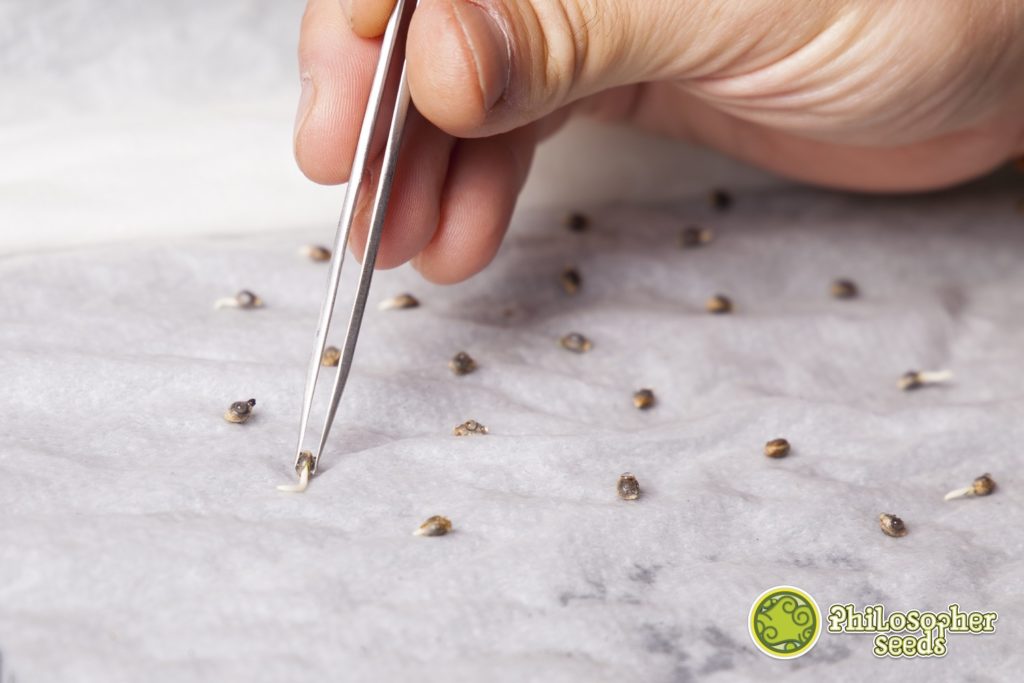
If we wait too long, we run the risk of the fragile root drying out and being damaged, which will seriously hinder the development of the plant and may even kill it outright.
Many growers choose to soak their cannabis seeds in a glass of water for a few hours before starting the germination process, but we don’t recommend this method, as it can cause them to rot and consequently fail to germinate.
We only really advise to soak in water for a few hours in the case of very old seeds, which may be difficult to germinate after several years in storage. Pre-soaking will help them activate the hormones that kick off germination, but with fresh seeds there’s no need at all.
Other growers choose to germinate seeds in a jiffy plug or directly in soil, running the risk of burying them too deep, which makes it difficult for them to reach the surface, as well as forgoing the chance to see which of our seeds have not germinated.
Direct sowing can certainly work, and it gets good results when it does, but it is not as practical or reliable as germinating between moist paper towels.
Which soil do we use for growing cannabis?
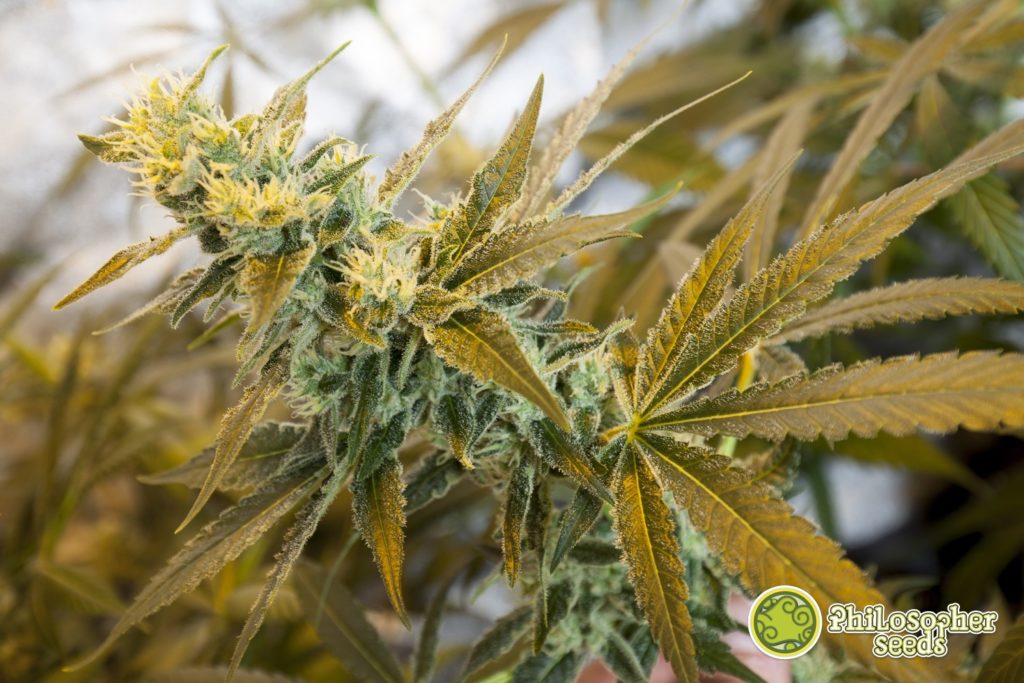
The substrate we choose in is another of the fundamental pillars of cannabis cultivation, since the higher the quality and the better the structure it has, the more the seeds will be at home in it, making it easier for us to get the best possible results.
This means that our plants will stay small in size, while suffering nutritional deficiencies and related problems, and if we make it as far as harvest, the most likely outcome will be a poor yield of low quality buds.
In addition, in case of autoflowering cannabis plants, such as Cheesy Auto or White Yoda, the effect will be much more severely felt, resulting in plants that won’t grow more than a few centimetres tall.
To avoid any problems, the best bet is to use a soil formulated specifically for growing cannabis, based on quality peat, with a bit of coco fibre to give it texture and improve aeration and drainage, mixed with humus and guano.
And remember, the more solid nutrients we mix into the soil as we prepare it, the less liquid fertiliser we will need to use later on.
How do we fertilise our cannabis plants?
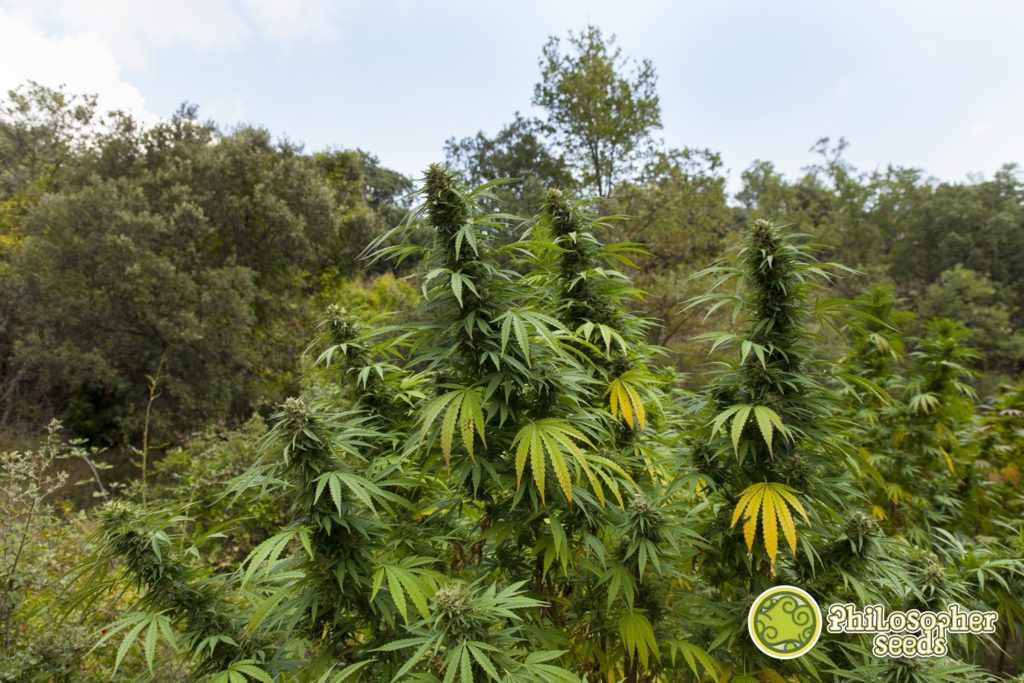
Do we need fertilisers to grow cannabis? The answer is yes.
But if I don’t use them, won’t I get buds anyway?
The answer to this is also yes, but very little and of low quality, because to develop properly and produce a good harvest, the plant needs to have enough nutrition to work with. After all, it’s impossible to make a house without bricks or cement!
There are many ways to fertilise our cannabis plants, from the most economical to the most complete and technical, such as those used in the hydroponic cultivation of cannabis, aimed at experienced growers who want to get the maximum from their plants.
To begin with, we recommend two main methods of fertilisation: one is enriching the substrate in a balanced way with a mixture of solid organic fertilisers, and the other is to use a basic range of liquid fertilisers (organic or mineral), composed of growth and flowering nutrients, a root stimulator and a bloom booster.
If we choose to enrich the substrate with the appropriate amounts of guano, humus, bacteria and trace elements (among others), we can ensure that our plants receive complete nutrition from the start, and that they themselves will assimilate the amount of nutrients needed at all times, so all we’ll need to do is to irrigate with plain water.
This method is very convenient, and as simple as using the appropriate amount of each element and mixing them with the soil before planting or transplanting.
If, however, we prefer to use liquid fertilisers we will need to administer the amount of nutrients and frequency of application to the plants, following the doses indicated on the bottle and adding them once every three waterings.
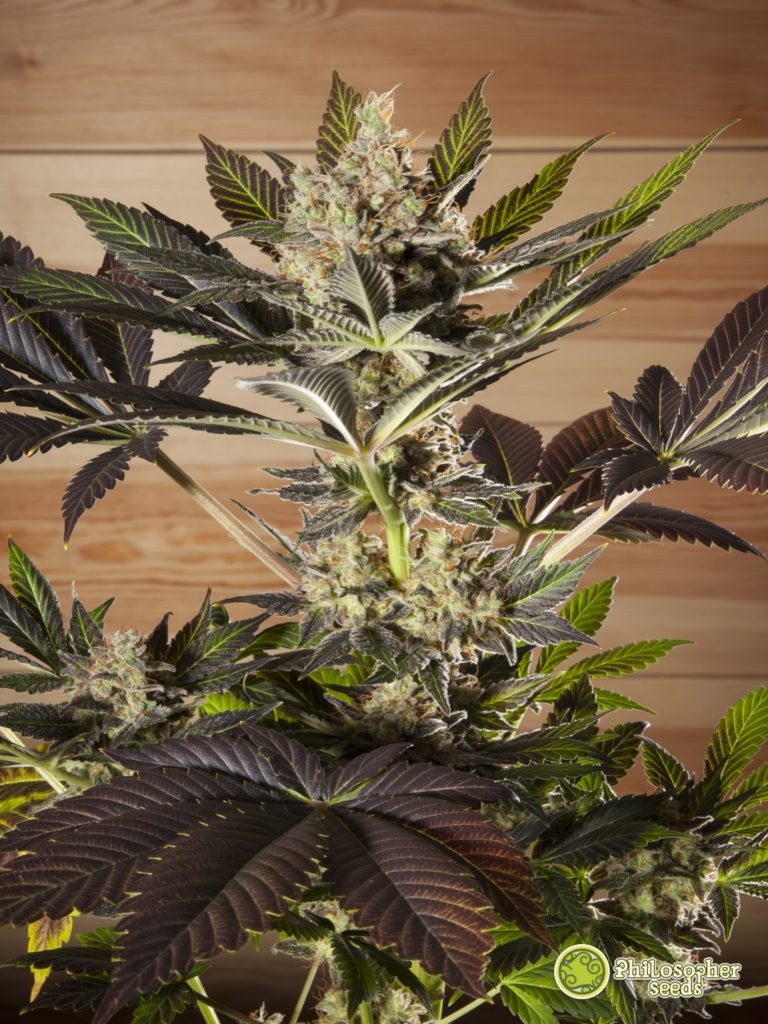
What lighting do cannabis plants need?
For optimal development, it’s important that our plants get enough illumination, whether it be solar or artificial, they need an adequate number of hours, sufficient power/lumens and the correct spectrum of light.
When planting cannabis outdoors, the plants need to receive at least 5 hours of direct sunlight to ensure a decent harvest, meaning that the sun must shine directly onto the plants, it’s not enough for them to get indirect light.
This means that, however bright it is, we can’t have them inside a room or on the balcony or terrace if the sunlight doesn’t strike them directly, and without direct sunlight the plants will grow thin and will barely flower.
If we cultivate indoors, in a grow tent, we should make sure to use the correct power lamps for the space we have, fitting a mixed spectrum bulb if we want a single lamp for growth and flowering, or using two lamps, one with a blueish spectrum for growth, and the other with an orange/red spectrum for flowering.
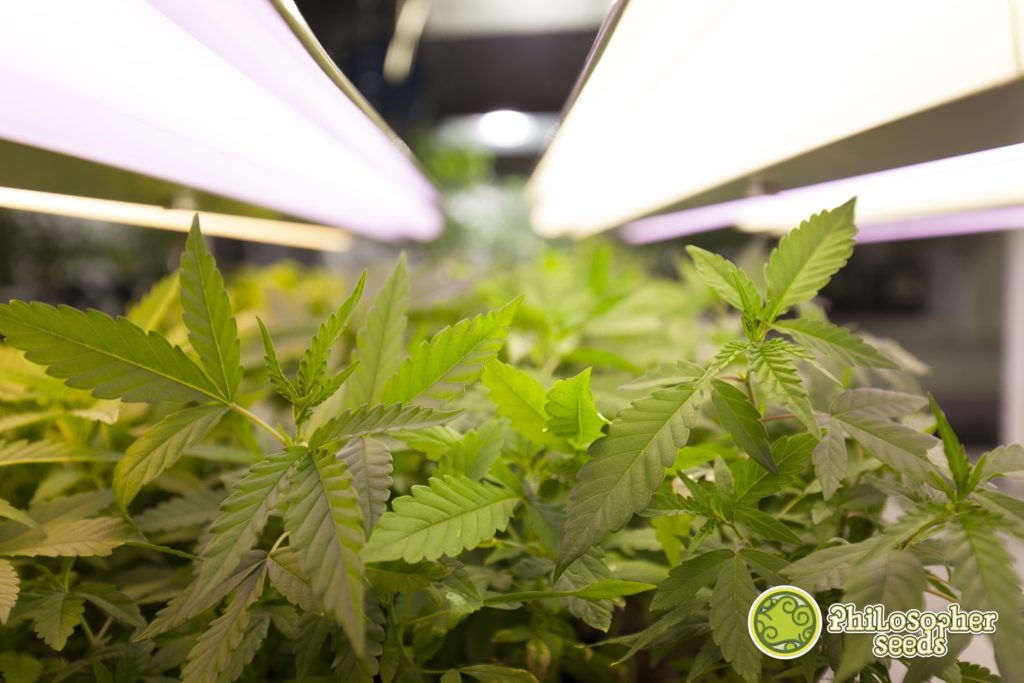
We must always bear in mind that, the closer the spectrum of our grow lamp resembles sunlight, the better the results will be.
Ideally, we would use CMH/LEC systems, with a very rich light spectrum, but if we look for a more economical option, we could choose MH/HPS, LED or energy saving lamps.
As you can see, there are a lot of options available for lamps to grow cannabis indoors, with something for every types of room and all budgets.
What is the best growing environment for cannabis plants?
Once we’ve got together everything we need for our grow, it is important to put it it well if we are to create the optimum conditions for our plants.
For outdoor growers, it’s relatively simple, because the plants are out in the fresh air, well-ventilated, with sunlight, and we only need worry about irrigation, nutrition and, at most, avoiding heat stress in summer and protecting them from rain and cold in autumn.
If our plants are in a grow tent or room set up for indoor growing, we have to take over from nature, maintaining the temperature between 22ºC and 26ºC, and humidity from 60% to 100% (depending on the stage of the plants’ life), using fans for moving the air to avoid fungal problems and fitting an extraction system to renew the oxygen.
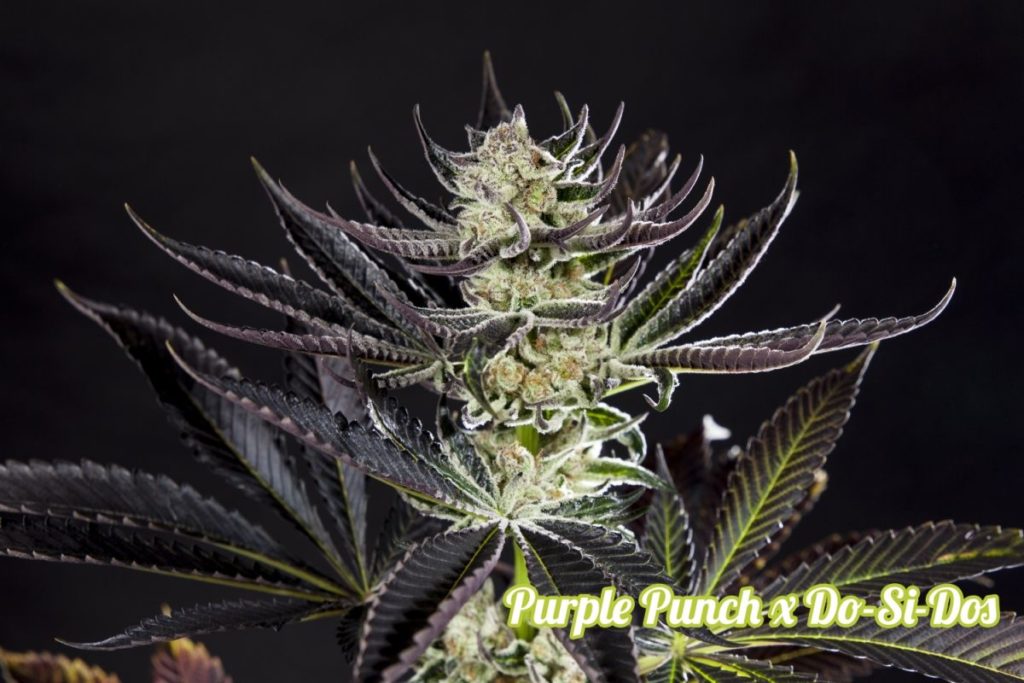
We also take over from the sun, with the help of our lighting system, so it is important to know that feminised and regular plants (non-autos) need 18h of light and 6h of darkness to grow, and 12h of light and 12h of darkness to begin flowering.
If we grow with mineral fertilisers, we must monitor the nutrient solution (the mix of fertilisers and water) very carefully, to maintain the correct pH and EC levels, depending on the needs of our plants (in growth, EC between 0.8 - 1.2 /pH of 5.5-6 - in flowering , EC between 1.2 - 2 and /pH of 6-6.5) and in this way we can ensure they receive a complete and balanced diet that they are able to assimilate correctly.
Which cannabis genetics should I grow?
If we’ve got all of the above clear in our heads, we will probably succeed with our first grow, as we will be attentive, closely monitoring the plants and their environment, and we will make sure that the place we choose to grow our crop is the most suitable.
However, are we clear about the differences between regular, feminised and autoflowering genetics? And what differentiates hybrid varieties from Sativas and Indicas? Knowing how they differ can also prevent us from making basic mistakes which could complicate our grow.
Regular genetics such as our Jamaican Blueberry BX will produce both male and female plants, in a variable ratio, but usually around 50% -50%, and are perfect for making selections or crosses. Feminised seeds, on the other hand, will only produce female plants, making them ideal for growers who only want to produce buds.
They need a photoperiod of 18 hours of light & 6 hours of darkness during vegetative growth, and 12/12 for flowering.
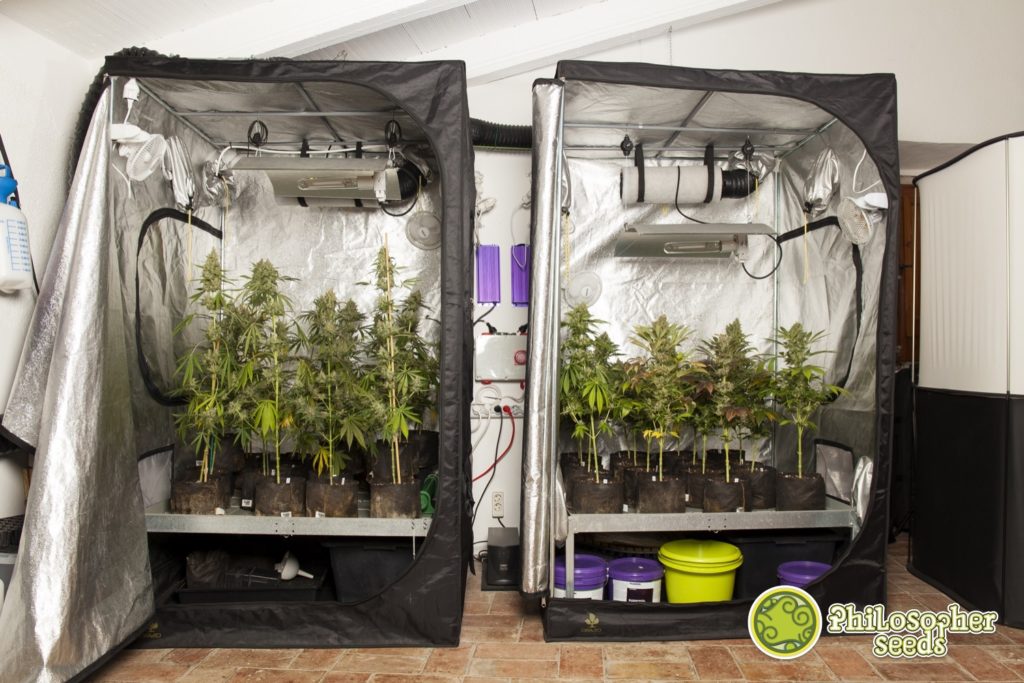
Autoflowering or automatic genetics, such as Lemon Auto CBD can be regular (although rarely) or feminised seeds (most commonly), and although we may call them automatic, it doesn't mean they grow all by themselves, automatically, but simply that they don’t rely on the photoperiod to trigger blooming; no matter the hours of light they receive, they will start to form buds after around 3 weeks of vegetative growth.
Because they are not dependent on the photoperiod, we recommend providing them with as much light as possible, ensuring optimal growth and producing the maximum yield. Cultivated outdoors, they will give the best results in the spring and summer, when there are more daylight hours, and if growing indoors we can give them a 20/4 photoperiod for the entire life cycle.
Regarding the differences between Indicas, Sativas and hybrids, we can say that Indica varieties are fast-flowering, finishing in about 8 weeks, bushy and compact plants, with some not exceeding 1.5m in height, while Sativas grow very vigorously and tall, reaching over 3m in some cases, and can take more than 13 weeks to fully mature.
In addition, Indicas don’t tend to stretch much during the flowering phase, staying practically the same height or, at the most, doubling their size, which means that we may need to extend the growth period for them to reach the size we desire.
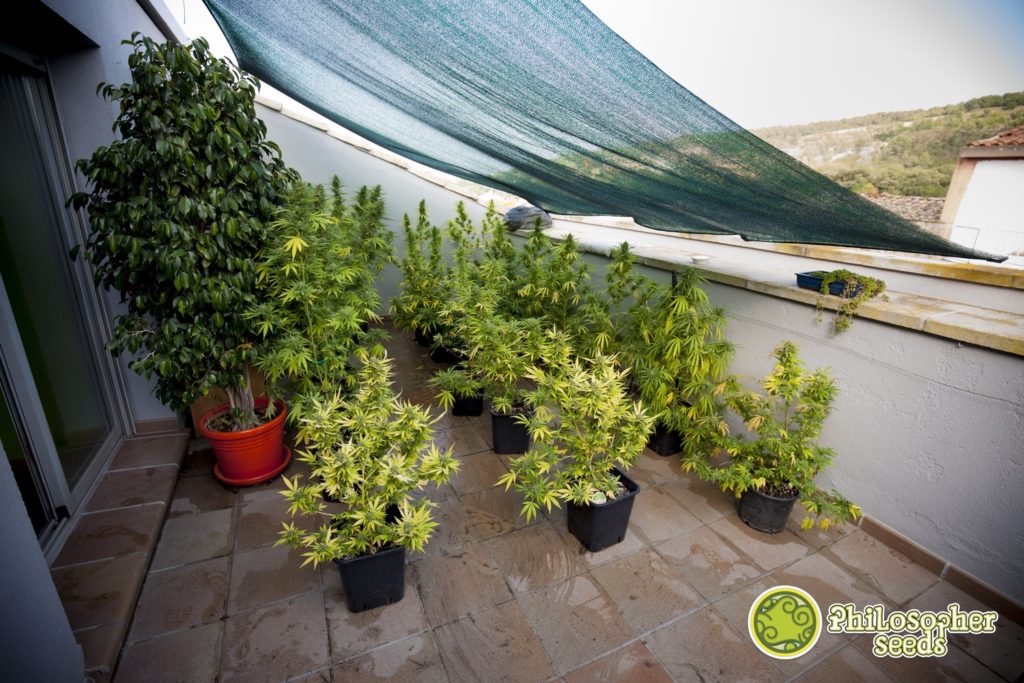
Sativas, on the other hand, can easily triple their size at this stage, which can become problematic in small grow spaces if we haven’t allowed for it, so it is recommended to cultivate these genetics once you have gained some cultivation experience.
For your first crops, it’s best to plant hybrids like Lemon OG Candy, that can offer the best of both worlds, giving us adaptable, productive and simple to grow plants, with a wide range of effects and flavours to choose from, all reasons why they make up the vast majority of varieties available on todays market.







